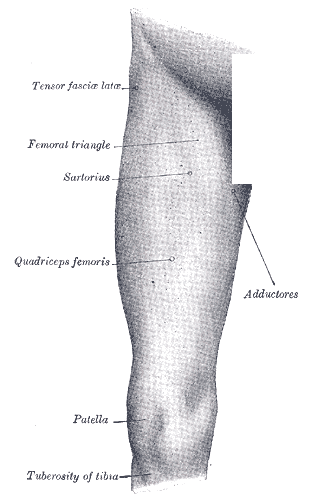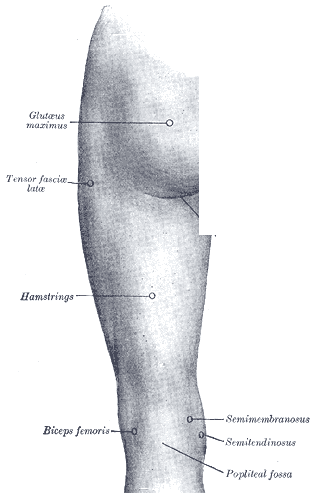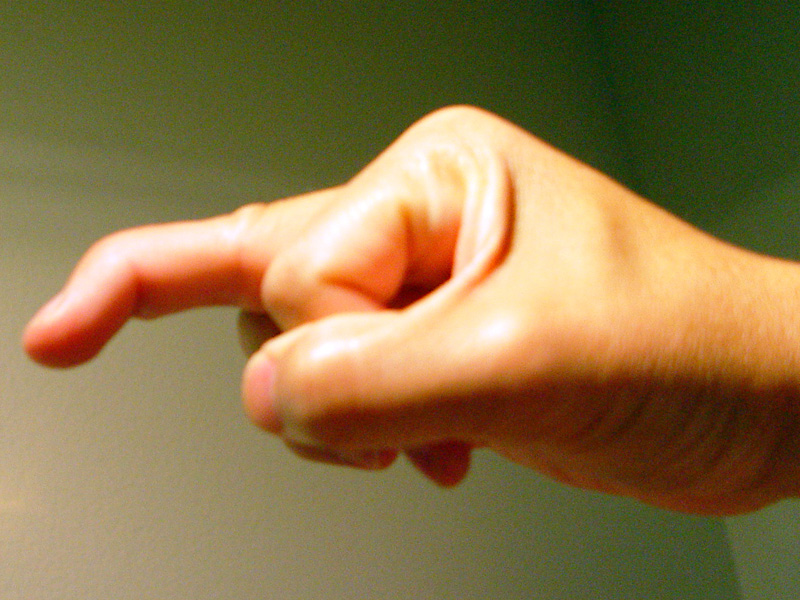Torn Muscle – Symptoms and Treatment
What Is a Torn Muscle?
Torn muscle or muscle strain refers to a partial or complete rupture of the fibers of the muscle, causing pain or inability to move a particular part of the body.
Causes
A torn muscle is often a result of a sudden unbalanced force acting on a particular muscle, which is beyond the normal capacity of the muscle, thus making it fall apart. This frequently occurs in athletics and outdoor sports. Untrained weightlifting, absence of warmup, blunt trauma, etc., are common factors leading to muscle tear.
Types of Muscle Tear
Depending on the amount of torn muscle, muscle tear can be:
- Pulled muscle or a first degree strain: only a small number of myofibrils are torn, resulting in a protective spasm of the affected muscle, and painful movement.
- Partially torn muscle or a second degree strain: a part of the muscle mass is torn, resulting in severe pain, weakness and spasm of the affected muscle, but movement is still possible.
- Completely torn muscle or a third degree strain: there is no continuity of muscle fibers, resulting in a complete loss of movement with antagonistic action, causing a fixed opposite movement (read explanation below). The torn muscle retracts itself and can be felt like a rolled up ball beneath the skin.
Basic Muscle Anatomy and Biomechanics
Each muscle consists of multiple muscle bundles (fascicles), containing muscle cells or fibers. Each fiber contains several myofibrils, and this from several myofilaments, which can contract or relax, depending on the type of signal given by the brain.
The muscles are grouped into the ones that bring about a particular action and the ones that do the opposite action. It is the balanced action of the opposing muscles that brings about smooth movement of the body parts. In the absence of this antagonistic action of muscles, the concerned part either becomes fixed or shows jerky movements, like that of a robot.
For example, the movement at the knee joint is controlled by opposing action of quadriceps muscles at the front of the thigh and hamstrings at the back of the thigh (Picture 1 and 2).

Picture 1: Quadriceps Muscles
(source: Wikimedia)

Picture 2: Hamstring Muscles
(source: Wikimedia)
Now, if there is an injury to the hamstrings, the knee will remain straight due to unopposed action of the quadriceps. If the knee is forcibly bent, then as soon as the force is released it will again straighten suddenly like a clasp-knife. This is due to the tone of the normal musculature which becomes exaggerated due to absence of an antagonistic action.
Common Sites of Muscle Tear
Though muscle tear can occur at any site, yet there are a few sites where muscle tears are frequently encountered:
1) Torn biceps muscle – Popeye’s muscle
2) Torn finger extensor muscle: Mallet finger

Picture 3: Mallet finger
(source: Wikimedia)
3) Torn calf muscle
4) Torn shoulder muscle: rotator cuff injury (supraspinatus or infraspinatus muscle tear)
Treatment
Depending on the severity of a muscle tear, an urgency and duration of treatment changes.
A pulled muscle or a first degree tear can be easily treated at home with cold compresses and rest for a week, followed by progressive mobilization.
A partially torn muscle is better treated by at least a primary care physician, who can assess the severity of the tear and decide upon a conservative or surgical treatment. Investigations, like X-rays, ultrasound or magnetic resonance imaging (MRI) may be necessary for the assessment. Untreated partial tear can lead to a complete muscle tear, if neglected.
A complete muscle tear should always be treated by an experienced surgeon, as it always requires operative management. The earlier the operation, the better results, because as time passes, more and more muscle tissue becomes dead. Delay in a surgery leads to progressive fibrosis (scarring) of the injured muscle, making it functionally useless. Hence a complete muscle tear should be taken as an emergency, and prompt hospitalization is a must.
Rehabilitation and Prognosis
If promptly recognized and treated, a torn muscle heals much better than any other tissue of the body. Functional impairment from a torn muscle is temporary, and patients can resume their daily activities within a week even after operative management. However, caution must be excised regarding excessive strain on the affected muscle for 2-3 months to allow the muscle tissue to heal completely. Progressive physiotherapy in the form of range of motion, isometric, and isotonic exercises should be started to prevent shortening or weakening of the affected muscle due to prolonged immobilization.
Related Articles:





